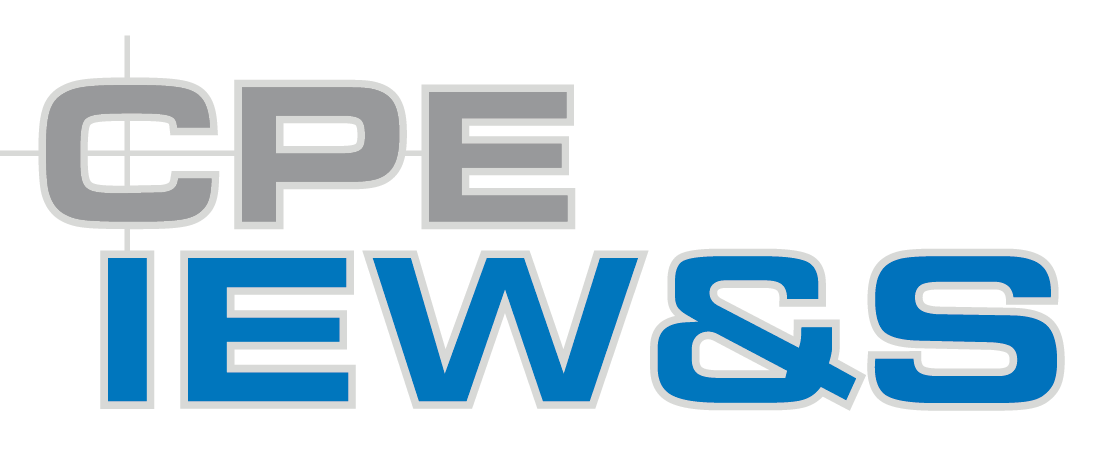By Larry Glidewell | PM IS&A Communications

Greg Faragher is the Chief Engineer for the Tactical Intelligence Targeting Access Node (TITAN) program, under Project Manager Intelligence Systems and Analytics (PM IS&A).
Greg Faragher is the Chief Engineer for the Tactical Intelligence Targeting Access Node (TITAN) program, under Project Manager Intelligence Systems and Analytics (PM IS&A). He has been with PM IS&A since 2019 and has been the Chief Engineer for the TITAN development since its inception, where he currently leads a large diverse team of technical experts focused on the Army’s newest Intelligence system. As an integral part of the TITAN team, his experience and insight have been critical for program planning, contracting, and program execution.
TITAN is a Middle Tier of Acquisition (MTA) program that will be the next-generation expeditionary Intelligence ground station to support Multi-Domain Operations (MDO)/Joint All-Domain Operations (JADO), long range precision targeting, data processing and exploitation, and situation awareness capabilities for mission command. Faragher is responsible for overseeing the technical aspects of the design, development, integration, testing, and fielding of the TITAN effort, which is expected to subsume the functionality of the Army’s legacy intelligence ground stations and enable integration of artificial intelligence and machine learning capabilities to assist with target detection, data processing, analysis, and reporting.
TITAN is being developed to collect and process data from various space, aerial and terrestrial sensors, and will generate and provide targeting information to support long-range precision fires. The program is part of the Army’s efforts to achieve Joint All-Domain Command and Control (JADC2), a future warfighting concept that connects sensors and shooters across domains.
One of TITAN’s main objectives is to enhance the automation of target detection, correlation, and geolocation from multiple sensors to reduce the sensor-to-shooter (S2S) timelines through target nominations and inform the common intelligence picture. The TITAN program will close a top Army gap by receiving sensor data directly from multiple Joint and Army sensors, then processing and providing near real time targeting information to the Army fires networks and long-range precision fires weapons.
During the past year, the program has completed design reviews, delivered the first Advanced prototype to 1st Multi Domain Task Force (1MDTF), completed initial developmental testing, and will be delivering the next set of Advanced and Basic prototypes in March.
To support vendor selection, the TITAN team completed a long set of intensive prototype Integration & Test efforts in support of the competition phase of the program, which included robust live demonstrations of the prototypes’ capabilities, soldier touch points, and proposal evaluations. As is often said, acquisition is a team sport, and these events once again reinforced that notion. Faragher was crucial in establishing the detailed plans for these events and bringing together key people from well-over a dozen organizations to work with his TITAN team to successfully accomplish and support these efforts. These efforts required a significant amount of planning and preparation to ensure that the desired characteristics were demonstrated, observed, and documented. The complex demonstrations included live aerial assets, simulated space, air and terrestrial sensors, links to enterprise services, multiple connections to both Fires and Intel systems, sets of curated data, as well as operators, support personnel, and observers. During the execution of these events, he ensured they remained on track by working closely with the team and making fine adjustments to the plans when needed. As a result of Faragher’s teamwork and thorough coordination, all efforts completed on schedule, at cost targets, and provided the Government with the information needed to make an informed decision. This is ultimately ensuring the Army gets the best TITAN system possible that is poised for the future.
Prior to being part of the TITAN team, he worked for over 30 years in various roles supporting aerial sensor programs for PEO IEW&S and DEVCOM, including as a Test Lead, a Modeling and Simulation Lead, a Lead Systems Engineer, and a Technical Director. Those roles and experiences all prepared him well to be a pivotal player on the TITAN team.

